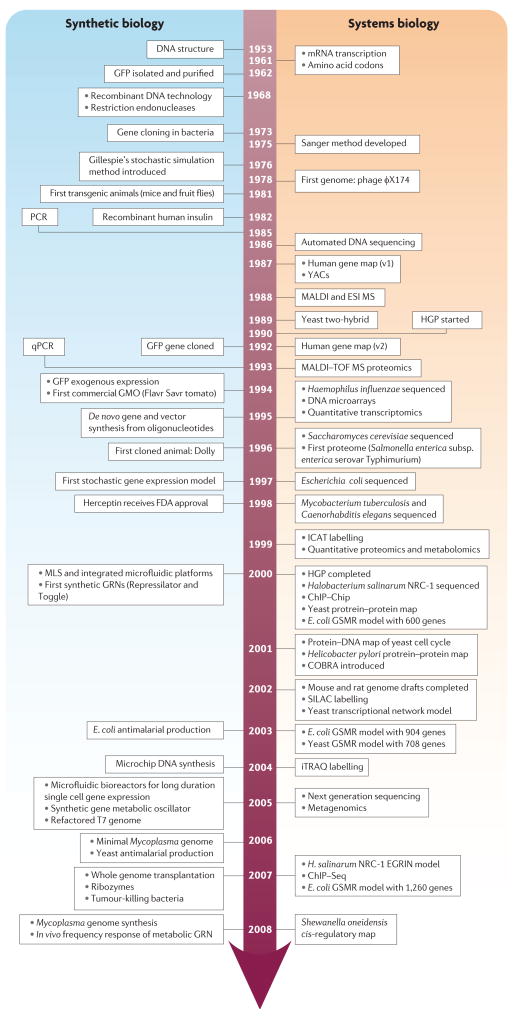Figure 1. Timeline of events that resulted in the development of systems biology and synthetic biology.
Key milestones within the fields of systems biology and synthetic biology are highlighted. For brevity and clarity, we have only included key advances in molecular systems biology and have not included important events related to other macroscale systems biology efforts; for example, human physiological systems and ecological systems. Although it is difficult to differentiate the specific impact some events have had on either of the two fields, we have attempted to do so for consistency. Particularly noteworthy are the events in which complete organism sequences were made available to the public and paired with gene regulatory and metabolic reconstruction models. Next generation sequencing refers to pyrosequencing on beads, polony sequencing and sequencing by synthesis. Pivotal technologies that produced new paradigms for systems and synthetic research are also important; for example, the use of mass spectrometry (MS) for proteomic analysis gave rise to quantitative proteomics and eventually metabolomics, multilayer soft lithography and microfluidic devices, and next-generation sequencing technologies enabled deep metagenomics studies. ChIP–chip, chromatin immunoprecipitation with microarray hybridization; ChIP–Seq, chromatin immunoprecipitation with sequencing; COBRA, constraints-based reconstruction and analysis; EGRIN, environment and gene regulatory influence network; ESI, electrospray ionization; FDA, Food and Drug Administration; GFP, green fluorescent protein; GRN, gene regulatory network; GMO, genetically modified organism; GSMR, genome-scale metabolic reconstruction; HGP, Human Genome Project; ICAT, isotopic coded affinity tag; iTRAQ, isobaric tags for relative and absolute quantitation; MALDI, matrix-assisted laser desorption ionization; MLS, multi-layer soft lithography; qPCR, quantitative PCR; SILAC, stable isotope labelling with amino acid in cell culture; TOF, time of flight; YAC, yeast artificial chromosome.

